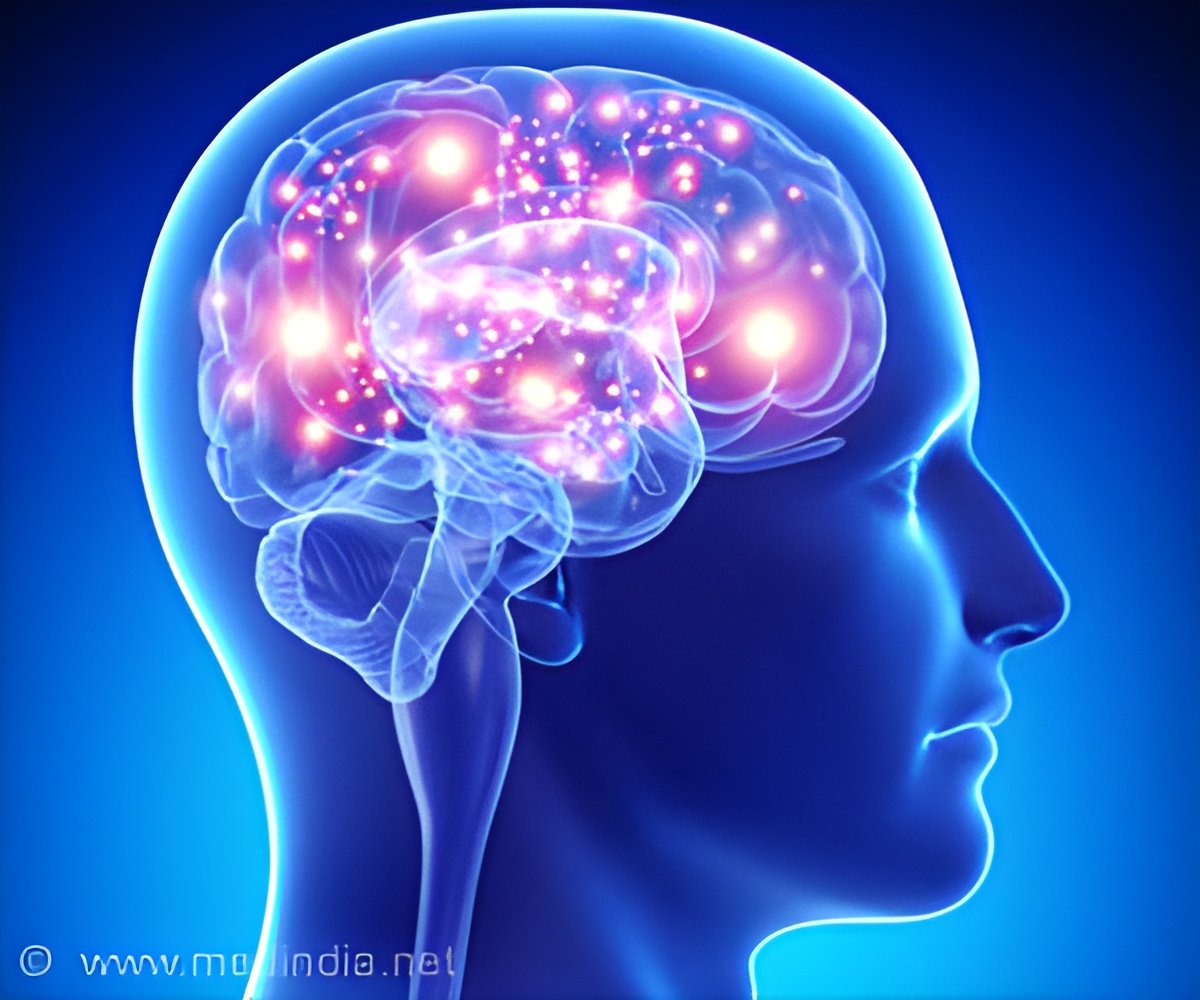
Healthy blood vessels are essential not only for heart health but also for brain health. A new study led by Penn State researchers suggests that vascular well-being is crucial for preventing age-related cognitive decline and neurodegenerative disorders, such as Alzheimer’s disease.
The findings highlight the potentially significant role of the brain’s vascular network, or energy infrastructure, in the development of neurodegenerative diseases, an area that has been largely understudied.They published their work in Nature Communications(1✔ ✔Trusted Source
Aging drives cerebrovascular network remodeling and functional changes in the mouse brain
).
’
Mapping Vascular Changes in the Aging Brain to Predict Neurodegeneration
Using advanced imaging techniques, the team developed maps of a mouse brain that illustrate how vascular cells and structures like blood vessels change with age and identified areas that are vulnerable to deterioration. When blood vessels degrade, nerve cells in the brain, called neurons, are starved of energy, causing them to malfunction or die. It can lead to a condition called vascular dementia, the second leading cause of cognitive impairment in older adults, and symptoms like sleep disturbance.
“With something like Alzheimer’s disease, by the time you can see vascular changes and significant brain shrinkage on an MRI, cell death has already occurred. We need to understand how these cells and structures change before a major catastrophe happens,” said Yongsoo Kim, associate professor of neural and behavioral sciences at Penn State College of Medicine and senior author of the study. “This study provides early signs of neurodegenerative disorders, potentially leading to earlier diagnosis, and clues for how we can slow down the aging process and cognitive changes.”
According to Kim, aging is one of the primary factors involved in neurodegenerative disorders.
“Yet, we really don’t have a good baseline understanding of how normal aging itself changes the brain, particularly the brain’s vasculature,” Kim said. And with the aging population in the United States growing, he said it’s critical to understand these changes, especially within the network of blood vessels.
Blood vessels, especially micro-vessels, regulate oxygen and energy supply and waste removal to and from neurons. Despite their importance, Kim said, most existing research focuses on how neuron structure and function degenerates over time, rather than the vasculature.
Advertisement
When researchers do study the brain’s vasculature, they’ve primarily examined larger blood vessels or focused on a single, easy-to-access region of the brain, the somatosensory cortex. More importantly, typical neuroimaging techniques, like MRI, don’t provide high enough resolution to see what’s happening in the tiny blood vessels, which make up 80% to 85% of the brain’s vasculature, according to Kim.
Vascular Degeneration Highlights Vulnerable Brain Regions
Kim and the research team produced a detailed map of the vascular network of the whole mouse brain using two high-resolution 3D mapping techniques: serial two-photon tomography — a technique that creates a series of stacked 2D images — and light sheet fluorescence microscopy, which images intact 3D samples to visualize the whole brain at a single cell-resolution. They imaged the brains of young and old mice to chart vasculature changes across the brain with normal aging.
Advertisement
“Because we’re doing high-resolution mapping with sufficient resolution, we can reconstruct the whole vascular structure and scan the entire brain to pinpoint areas that undergo selective degeneration with age,” Kim said. “What we found is that the area that most people study showed the least amount of change, whereas profound change happens in areas in the deep areas of the brain. This suggests that we’ve been looking at the wrong area when it comes to aging studies.”
Reference:
- Aging drives cerebrovascular network remodeling and functional changes in the mouse brain – (https://www.nature.com/articles/s41467-024-50559-8)
Source-Eurekalert



